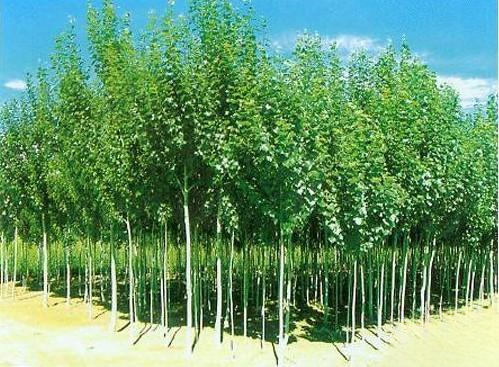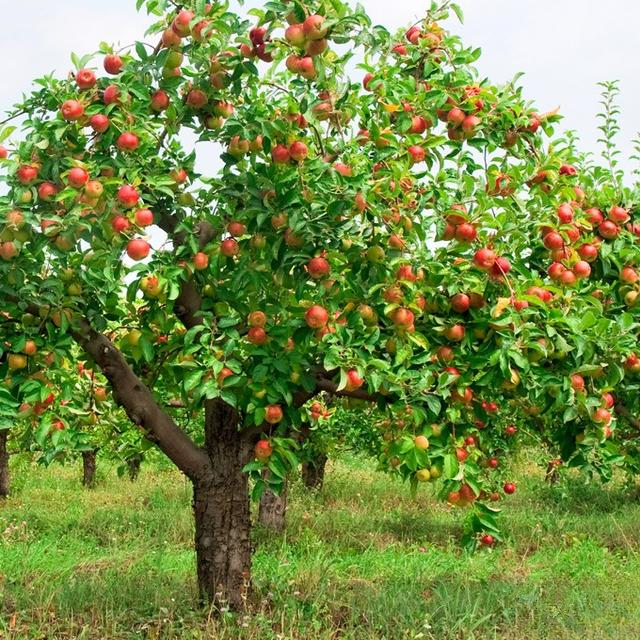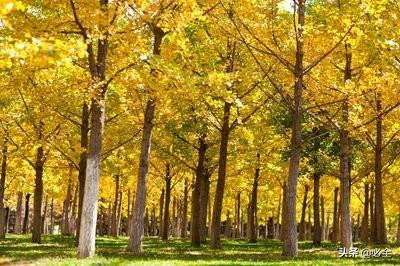In 2020, these types of flower seedlings can be used as dominant varieties
In 2020, greening seedlings are still popular, and colorful seedlings are also popular. Traditional greening seedlings will still develop steadily, because traditional seedlings are relatively mature, whether in terms of specifications, prices or maintenance. Therefore, the development of traditional greening seedlings will remain relatively stable. Although emerging greening seedlings are a feature, due to the unstable market and uncertain demand, it is easy to cause a situation of overstocking.
Based on the current production situation and development trend of flower seedlings, the following types of flower seedlings can be used as dominant varieties for nursery farmers to choose from and refer to.

01 Export-oriented flower seedlings
Exported seedlings are still relatively unfamiliar to most seedling operators due to restrictions on market information, export channels, technical requirements and other factors, but they have great market potential and development prospects.
For example, Paulownia and Eurya have good market demand in Japan, but Japan has no domestic resources and must rely on imports. Buxus has a history of cultivation in Germany and other European countries and is widely used in European gardens, so there is no problem with biological adaptability.
Small bonsai such as Pyracantha, Podocarpus microphylla, Japanese maple, elm, cypress, and other seedlings with abundant domestic resources can be exported. However, in terms of the standardization of the planting substrate, the packaging and transportation of seedlings, and quarantine, they must be implemented in accordance with the production specifications of the EU and the required countries. Seedling farmers must pay attention to this.
02 Seedlings for the northern market
Urban greening and ecological construction is a national, long-term key task. The northern region north of the Yangtze River and even the Yellow River is vast, with a relatively poor ecological environment and relatively few original suitable tree species. Therefore, cultivating seedling varieties that are suitable for growth in the northern region is a good way.
For example, hybrid Ligusticum aviculare has grown well after years of trial planting in Beijing and can be used as a tree species to promote to the north and open up the northern market. Other varieties such as red-leaf plum, cherry, crape myrtle, magnolia, red maple, ginkgo, etc. are suitable for planting in northern regions such as Shandong, Beijing, Hebei, and Tianjin. Evergreen seedling varieties such as arborvitae and boxwood have basically adapted to the northern climate conditions through planting in Beijing for several years. However, attention must be paid to the quality of seedlings. During the cultivation process of seedlings, it is necessary to control the excessive nutritional growth of seedlings, and appropriately increase the application of phosphorus and potassium fertilizers to improve their cold resistance.

03 Traditional and characteristic high-quality seedlings
The seedlings of a place cannot be without local traditional special varieties, because the local tree species that have grown naturally for thousands of years are the most representative, and the traditional special varieties are also the most widely used in the market. Unless there are special landscape needs, the skeleton tree species of general green space must be local traditional varieties.
For example, sweet-scented osmanthus is a native tree species with cultural connotations in Hangzhou. Professional units have begun to cultivate high-quality varieties with long flowering period, large flower shape and large flower quantity. The market prospects of these subdivided new varieties are definitely promising. Fragrant camphor is in great demand during urban construction and is very suitable for being a street tree. Sapindus mukorossi, French plane trees and Koelreuteria paniculata are also indispensable greening seedlings in urban garden construction. The traditional characteristic varieties in Xiaoshan District, such as cypress, large-leaf boxwood, golden-edged boxwood and juniper, are very suitable for planting in reclaimed sandy land and have good market potential.
04 New and superior varieties of seedlings
New and superior varieties of seedlings refer to seedling varieties that are introduced from other places or domesticated and cultivated from wild resources. In addition to market speculation, there are not many such seedlings that can truly become new and superior varieties. A simple way to determine the investigation is to conduct on-site observations of various seedlings introduced and planted in previous years, analyze them according to greening purposes, and compare their growth performance.
For example, Photinia fraseri, Hong Kong Ellis, Pyracantha chinensis, Ligustrum lucidum, Mediterranean Clematis, Abelia grandiflora, Trachelospermum variegatum, etc. have been accepted by the market in recent years, and the amount of seedlings used has increased year by year. However, the cutting propagation speed of these seedlings is very fast, which easily leads to seedling homogeneity and structural surplus. Seedling farmers should keep abreast of market information and adjust the planting structure during the production process.

05 Horticulture and container cultivation
The cultivation of horticultural seedlings is a new trend, reflecting the social demand for seedlings after the economy has developed to a certain level. Seedlings grown through horticultural cultivation, pruning or direct cultivation in containers are used in various green space construction and garden landscapes, which can not only form a landscape, but also reflect garden art.
For horticultural seedlings, it is advisable to select evergreen, fine-leaved, compact and pruning-resistant varieties, such as Podocarpus, Straight-growing Dragon cypress, Pinus pentaphyllum, Juniper, Japanese red maple, Elm, Liquidambar formosana, Ginkgo, Bonewood, Boxwood, etc. For container seedlings, it is necessary to closely integrate with the market, and some street tree species can be selected, such as camphor, Ginkgo, red and white magnolia, red maple, osmanthus, magnolia grandiflora, cedar, etc.
06 Combining fruit tree gardening application with leisure and sightseeing
The application of fruit trees in gardening can not only meet the needs of gardening, but also bring economic benefits to farmland and forest contractors. Some excellent varieties of pomelo, bayberry, persimmon, pomegranate, loquat, jujube and Chinese torreya are all special economic forest species with development prospects.